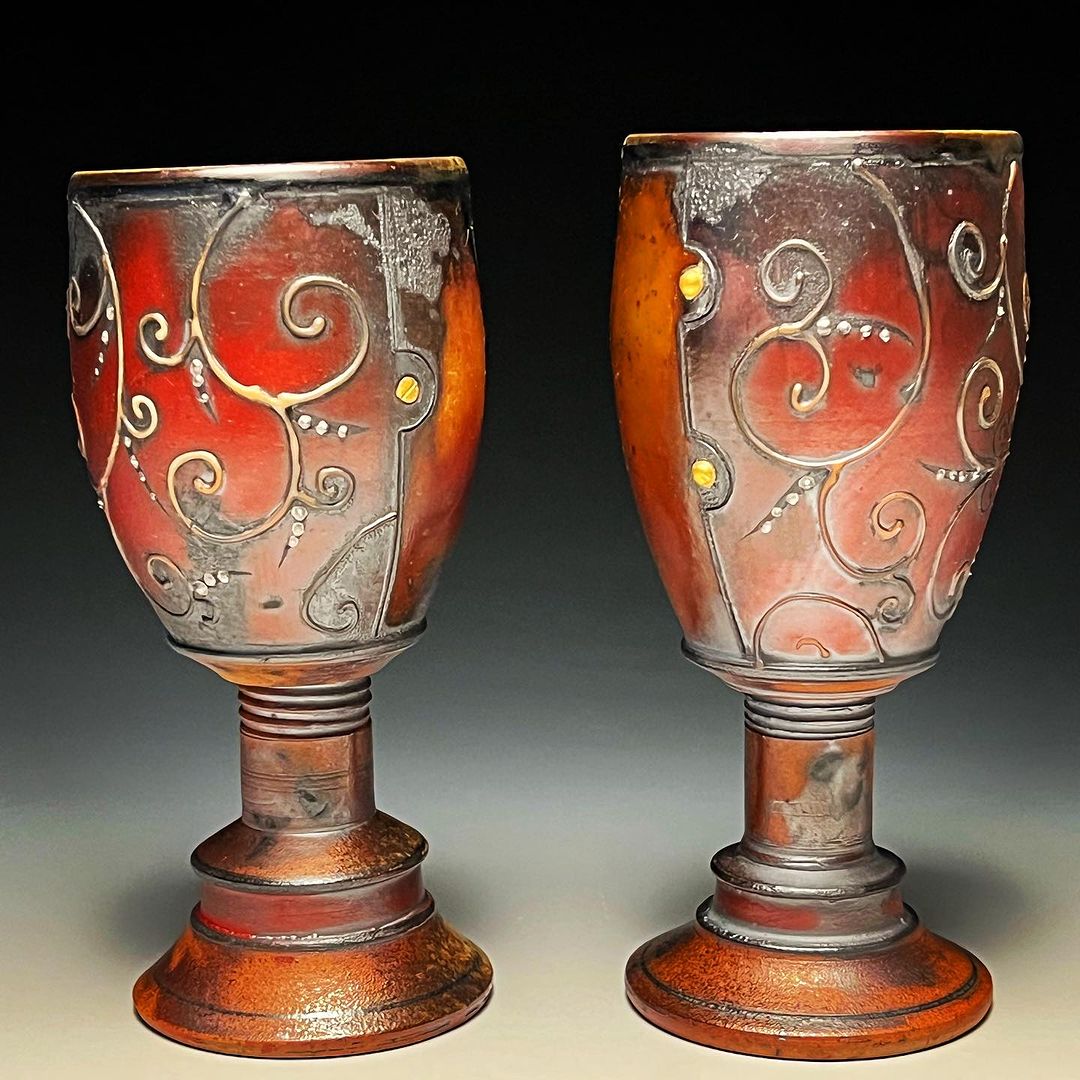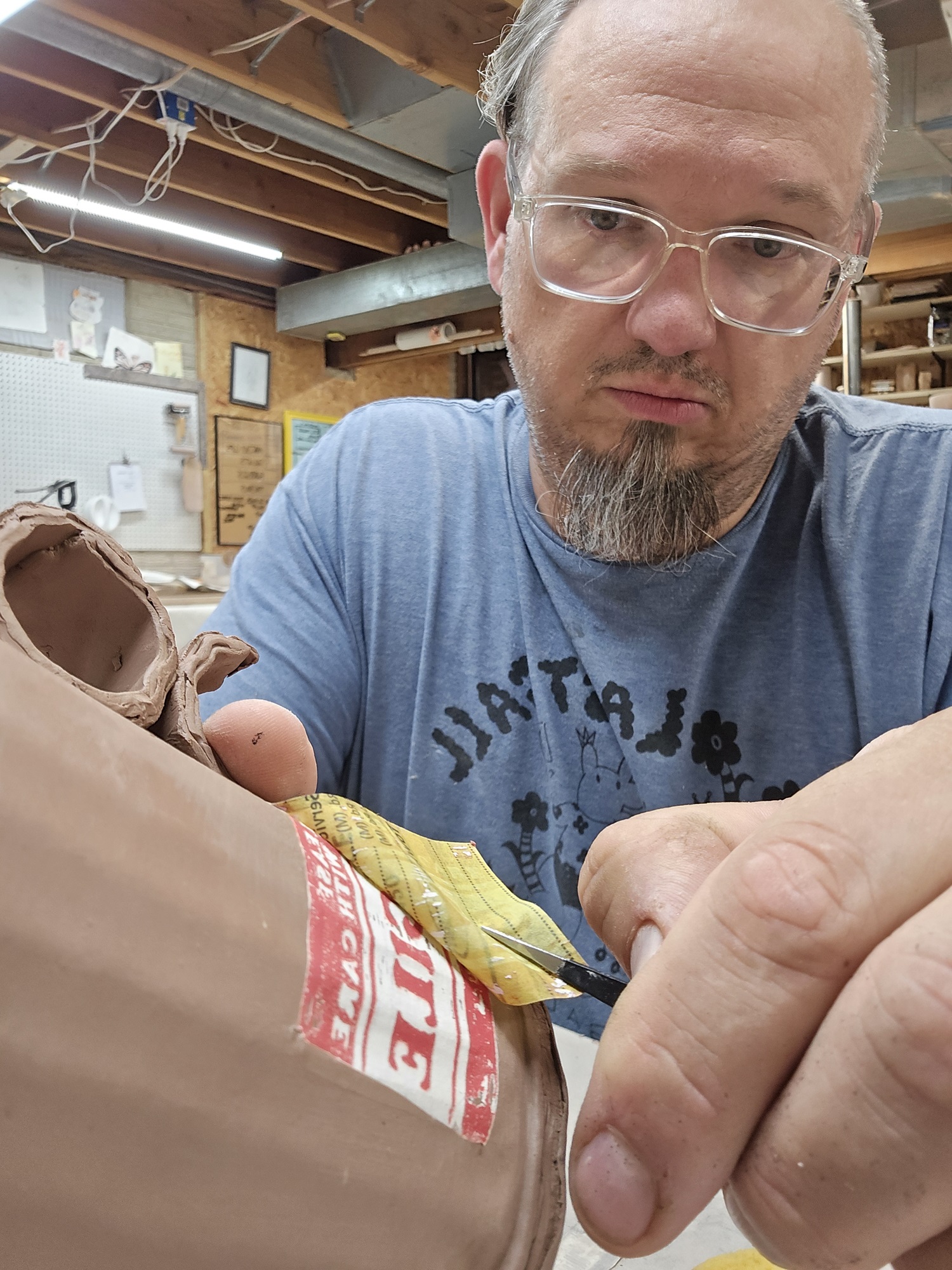Podcast: Play in new window | Download
Tim See | Episode 1065
Tim See began working in clay while an art student at Onondaga Community College and completed a Bachelor of Fine Arts in Ceramics with Honors at Syracuse University in 2004. Tim’s work has been shown at the Smithsonian Museum in Washington, D.C, the Everson Museum in Syracuse, NY, the Memorial Art Gallery in Rochester, NY, and, at Baltimore Clayworks in Maryland – as well as many other galleries and shows. The work has been recognized with awards every year since 2003. Social media has provided Tim many platforms to communicate with more than 11,000 potters nationally and internationally. Since 2007, Tim has produced 92 educational videos on pottery that have been viewed almost 2 million times and attracted more that 13,000 subscribers.
SPONSORS
 You can help support the show!
You can help support the show!
Number 1 brand in America for a reason. Skutt.com
For all your ceramic needs go to Georgies.com

You said we have more choices now and we can be our own everything. What does that mean to be our own everything?
So as a business owner and as a maker we have to wear all sorts of hats from marketing to quality control. And as a single owner of my own business I have to wear all those hats but I also get to wear all those hats.
Does that mean one should enjoy that process or do we have to endure that process as a discipline of business?
There are endurable things like taxes and the unwanted business parts that have to happen to be successful.
You said we could pay people to do the non-art parts of our work. Do you think that is a viable approach to someone trying to get their business off the ground?
So business off the ground, probably not, but the goal, at least my goal has been that I can outsource the things I don’t enjoy doing. The hours I spend doing my taxes, I could make more money doing my thing than I would have to pay for those taxes. It’s like mowing the lawn, would it be cheaper for me to pay the lawn mower guy than doing it myself? Three hours of work versus three hours of mowing the lawn. Making my work seems like a better use of my time.
How has social media given you the control you need to run your business?
My business started doing craft shows and doing craft shows I was dependent on weather, that was the biggest determining factor of whether it was going to be successful that weekend. If the weather stunk than I made no money and if I make no money than I have no control over my business. It doesn’t happening immediately but over time I now know what I need to do on social media and I now have control over the start to finish. The making, promoting, selling, shipping, all of that is now my responsibility which is a blessing and a curse.
Are you still doing one sale a year?
It is more so the way I operate this year. Typically, I was doing a beginner’s sale so people who have never bought something could have an opportunity to buy something without fighting everybody.
Contact
Instagram: @timseeclay















 Tools you find indispensable.
Tools you find indispensable. 




